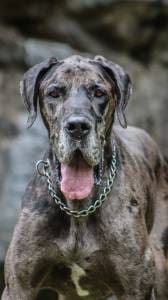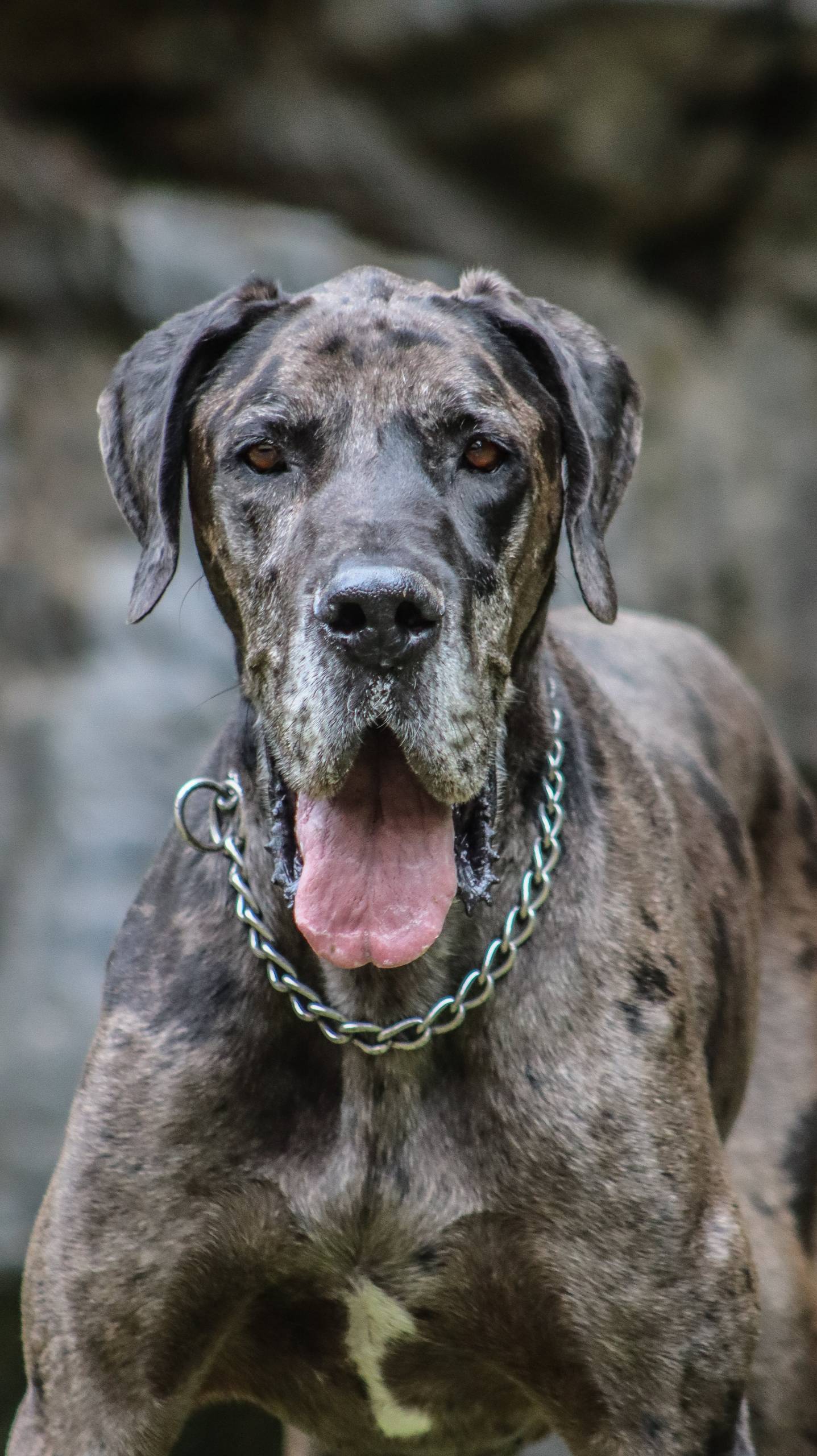
When it comes to the growth of dogs, there isn’t a one-size-fits-all answer. Just like people, dogs grow at different rates and reach their full size at different ages. The growth of a dog depends on various factors, including breed, genetics, nutrition, and overall health. Larger breeds, such as Great Danes and Saint Bernards, tend to have longer growth periods compared to smaller breeds like Chihuahuas and Shih Tzus.
Breed plays a significant role in determining when a dog will stop growing. Small and medium-sized breeds usually reach their full size earlier than larger breeds. Smaller dogs may stop growing at around 9 to 12 months of age, while larger breeds can continue to grow for up to 18 to 24 months. It’s important to note that these are general guidelines, and individual dogs may deviate from these timelines.
Genetics also plays a crucial role in a dog’s growth. Just as children inherit traits from their parents, dogs inherit genetic characteristics that influence their size and growth rate. If you’re unsure about when your specific dog might stop growing, consider looking at the growth patterns of their parents or close relatives. While genetics provide a framework for growth, it’s essential to remember that environmental factors, such as diet and exercise, also impact a dog’s development.
Nutrition is key to a dog’s growth and overall health. Providing your dog with a balanced diet that meets their specific nutritional needs is vital for proper growth. Puppies require a diet rich in protein, vitamins, and minerals to support their rapid growth. As your puppy transitions into adulthood, their nutritional requirements may change. Consult with your veterinarian to ensure your dog’s diet is tailored to their individual needs, taking into account factors such as breed, size, and activity level.
Ensuring that your dog receives regular exercise is essential for their overall health and development. Physical activity not only helps to maintain a healthy weight but also supports muscle development and bone strength. As your dog grows, their exercise needs may change, so it’s important to adjust their activity levels accordingly. Engaging in regular playtime and walks with your dog can help support their growth and ensure they develop strong muscles and bones.
Understanding the factors that influence a dog’s growth can help you provide the best care for your furry companion. While general timelines exist for when dogs stop growing, it’s crucial to remember that individual dogs may have unique growth patterns. By paying attention to your dog’s breed, genetics, nutrition, and exercise, you can help support their healthy development. If you have specific concerns about your dog’s growth or development, don’t hesitate to consult with your veterinarian for personalized guidance. Watching your dog grow and thrive is a rewarding experience, and by providing them with the right care, you can help ensure they reach their full potential.[/fusion_text]



